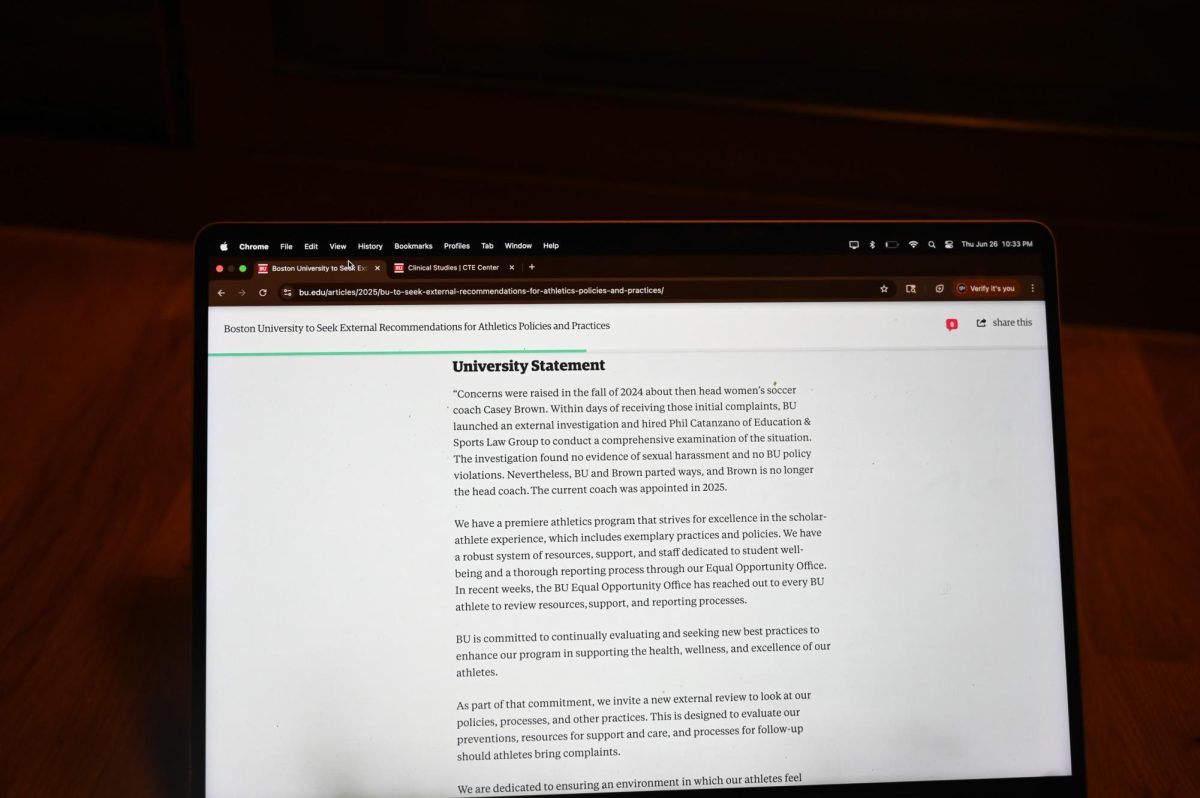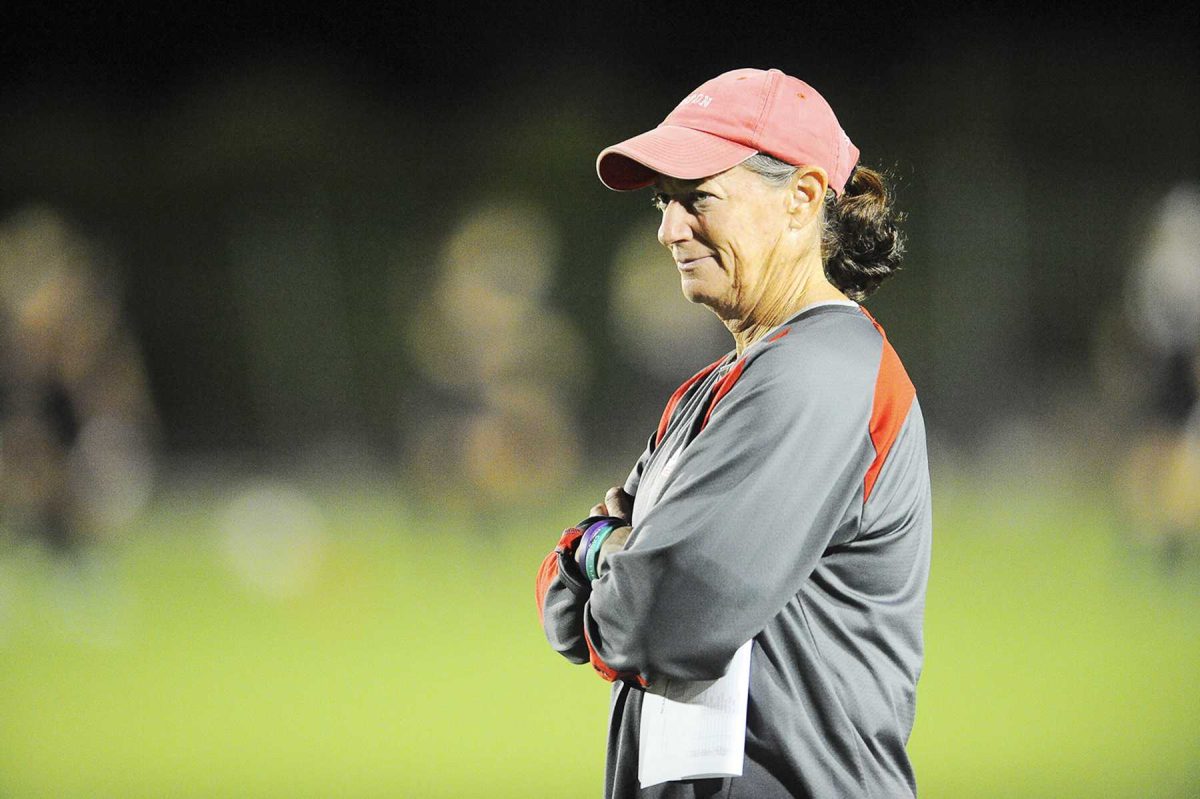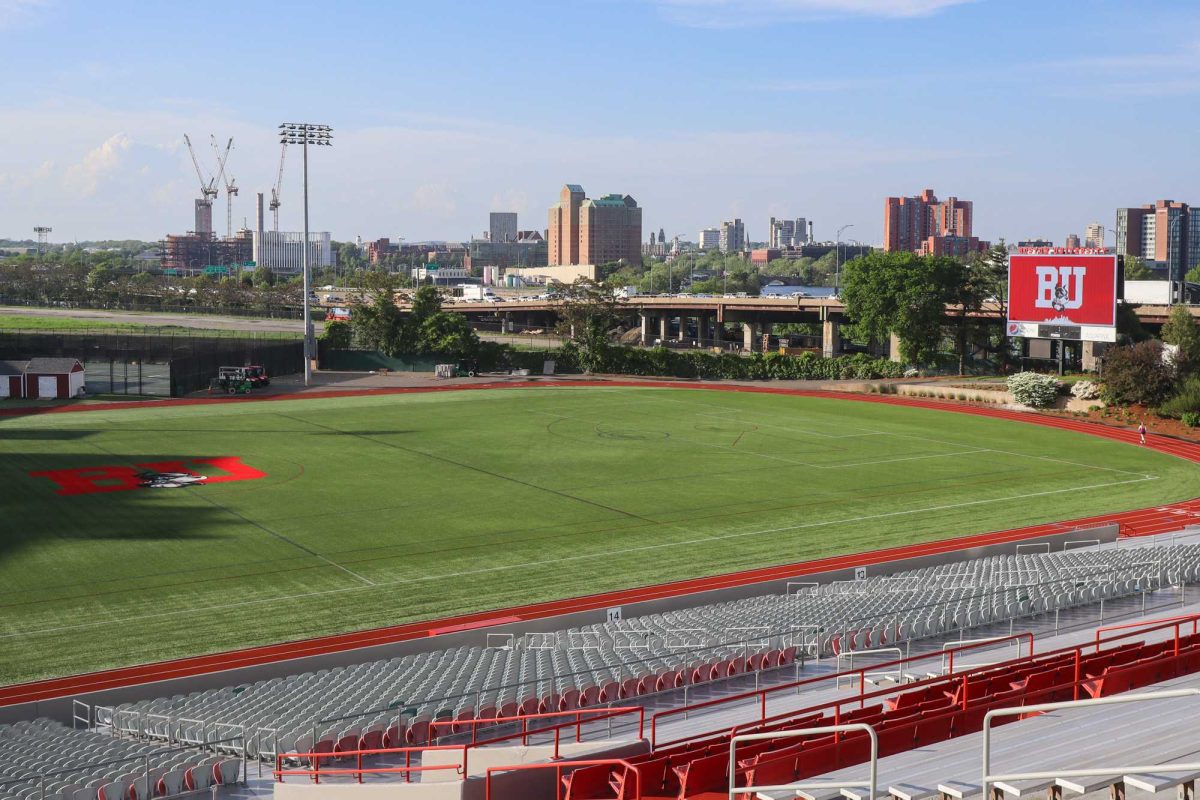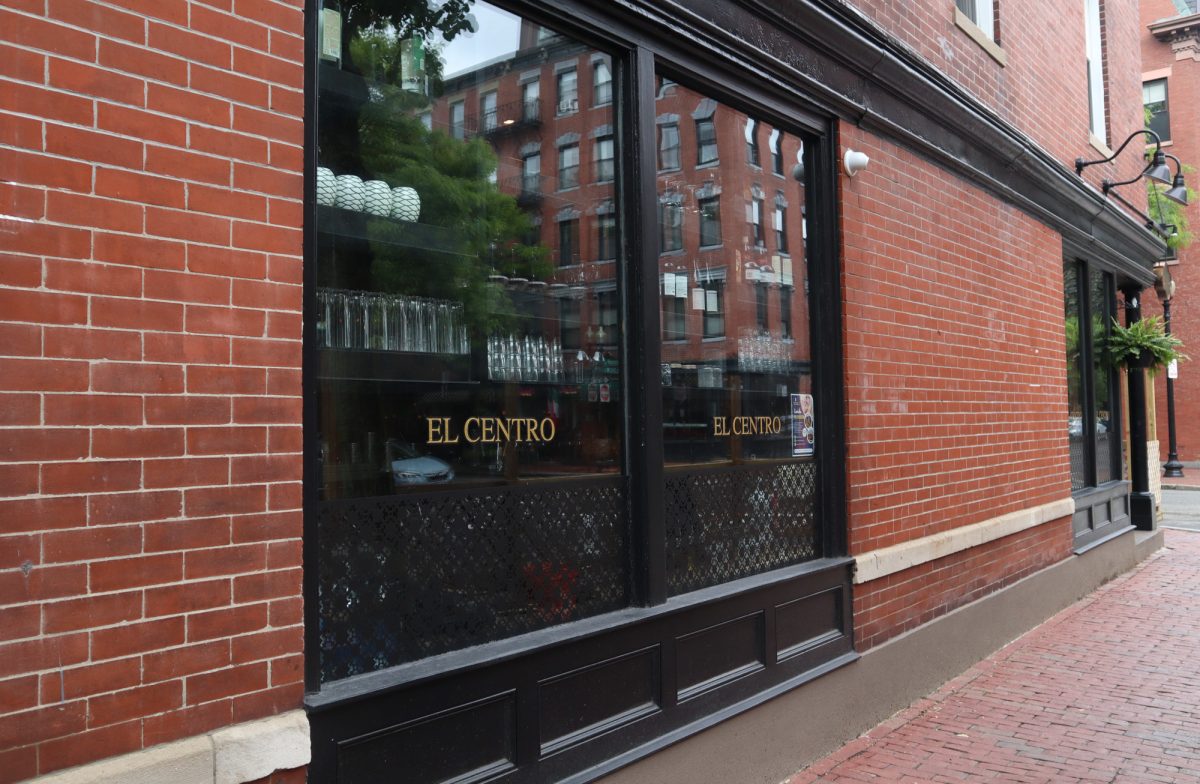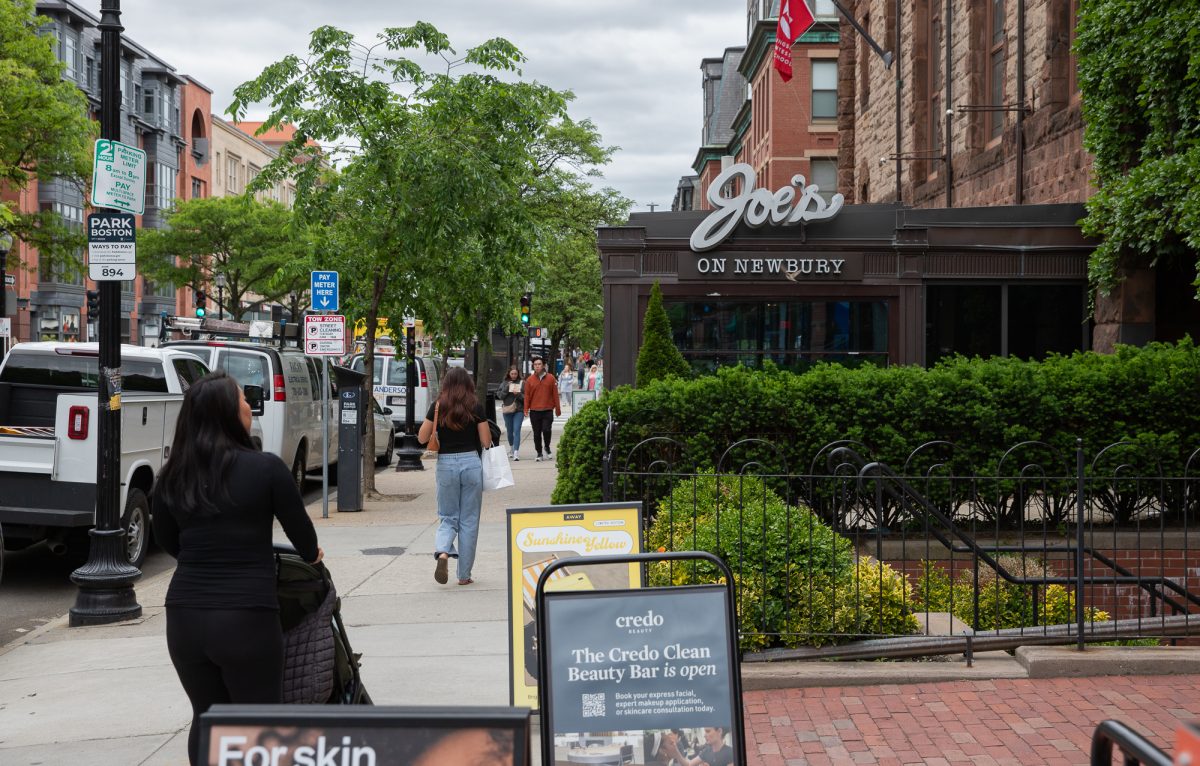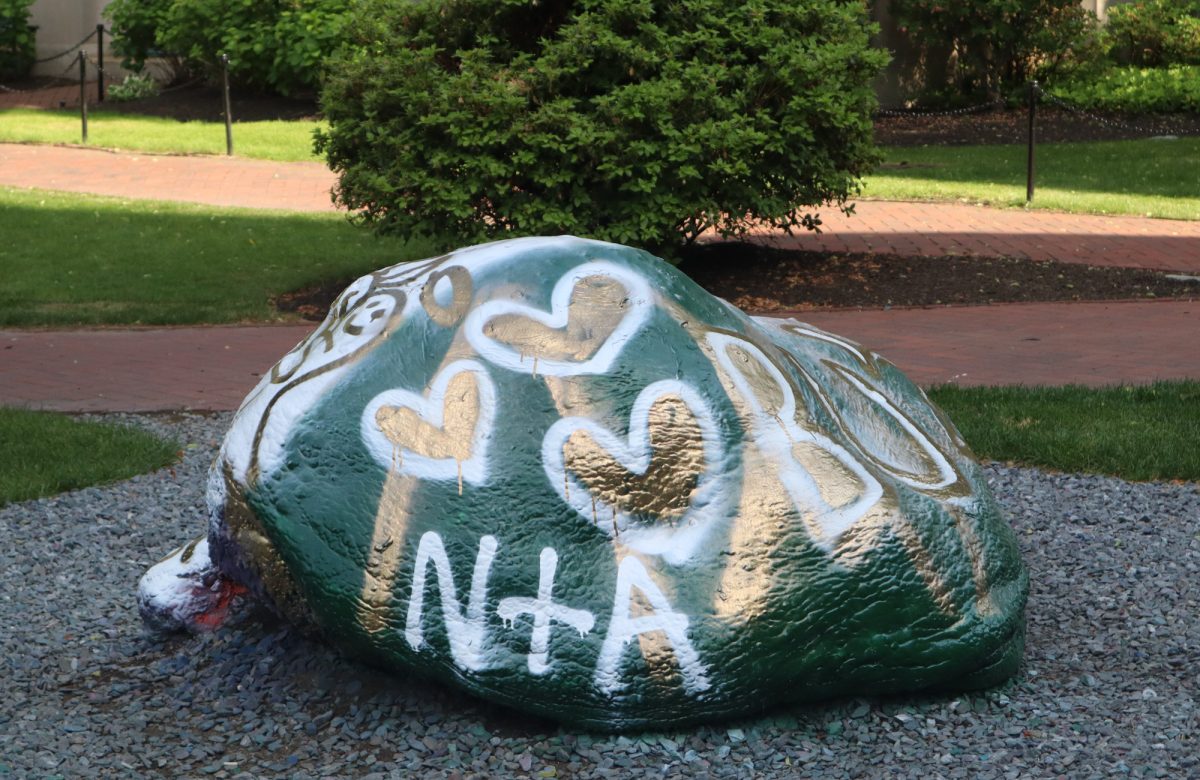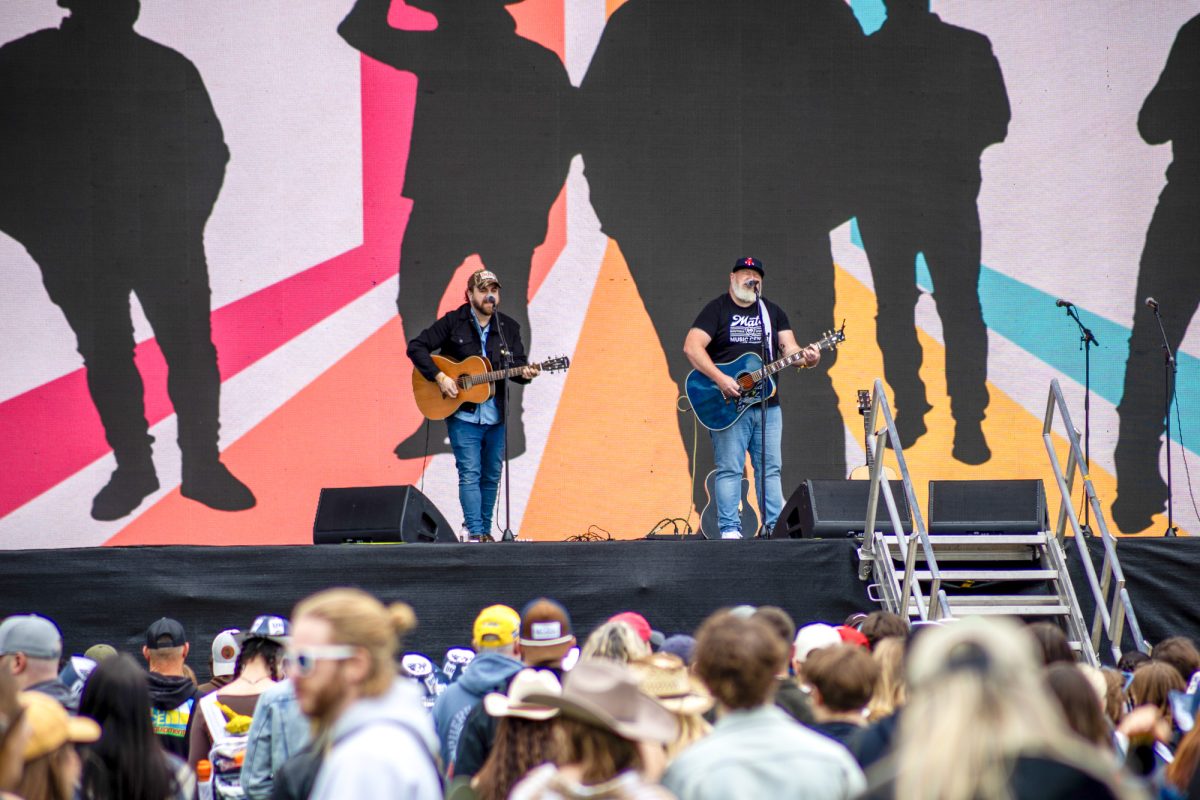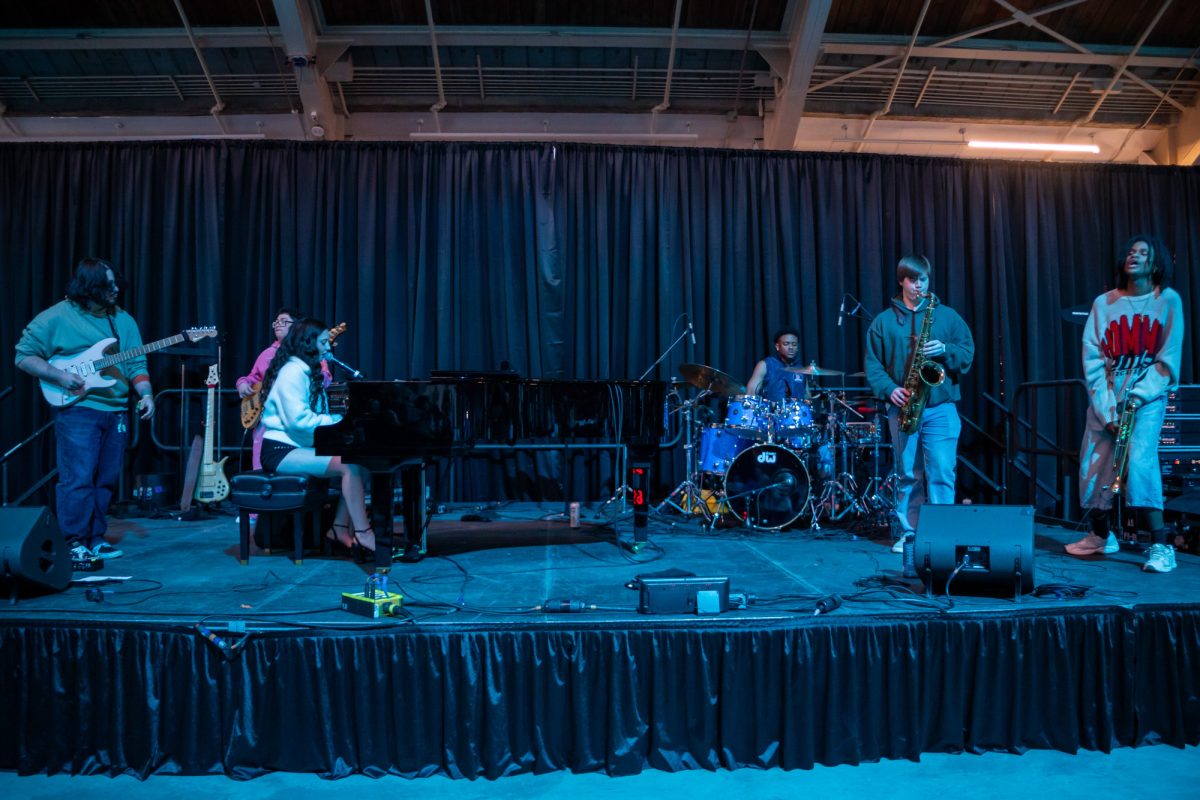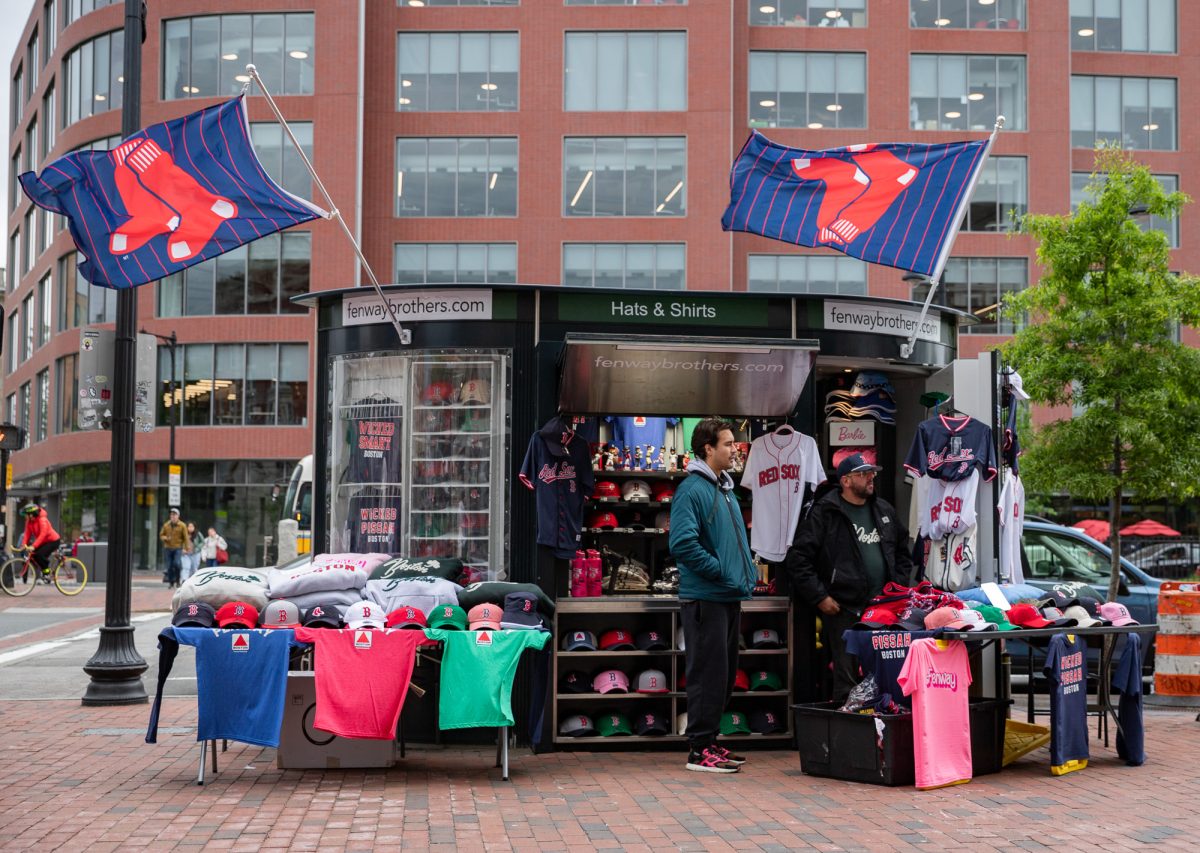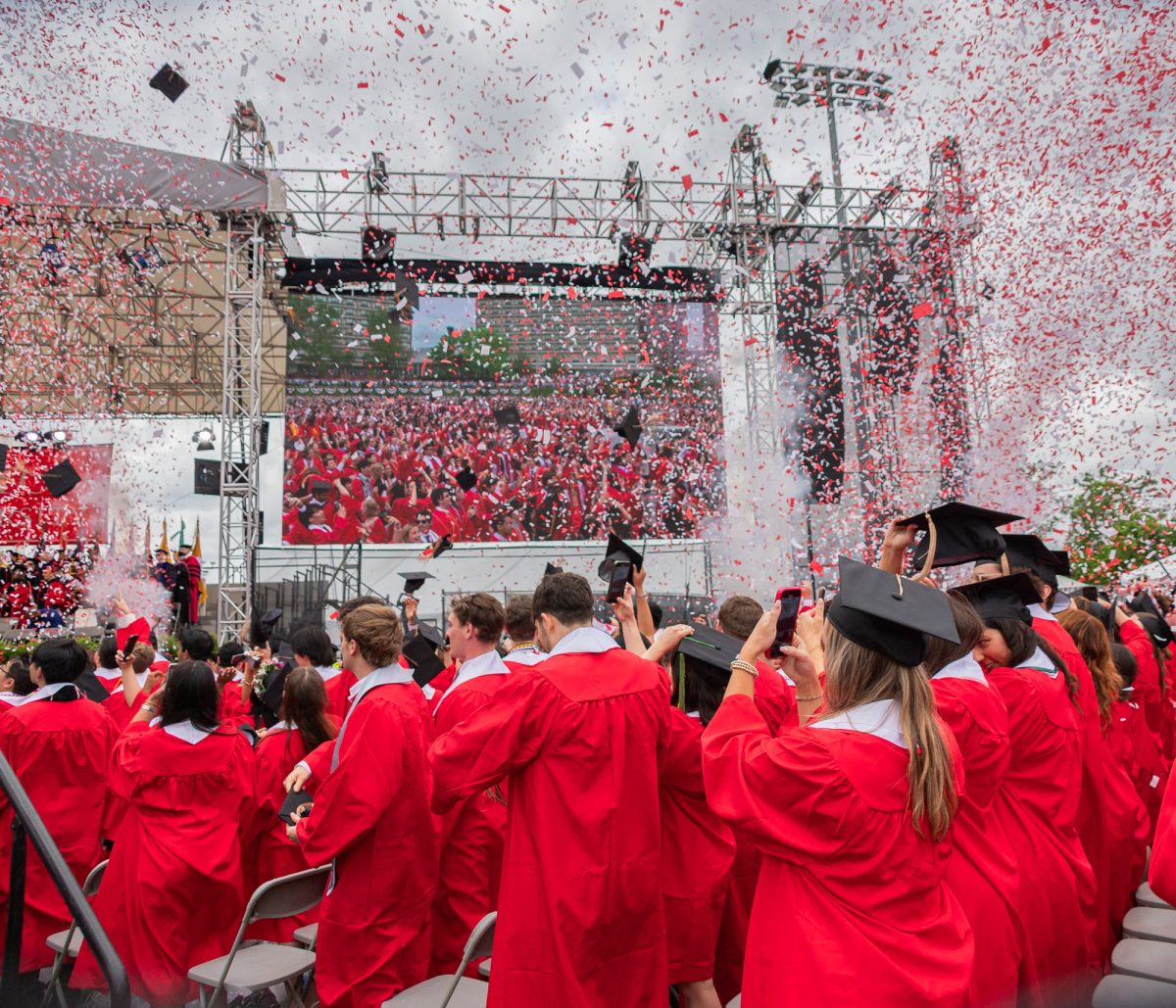The scheduled completion date for Boston’s Big Dig highway project was moved up over the summer as the elevated section of Interstate 93 was removed ahead of schedule to accommodate the Democratic National Convention.
The 15-year-long project to tunnel I-93 under Boston is now expected to be completed by May 2005 with a total cost of $14.7 billion.
Officially named the Central Artery/Tunnel Project, the largest and costliest underground transportation endeavor in the world includes five major highway interchanges and two bridges crossing the Charles River.
The new highway system replaces the elevated Central Artery with an eight- to 10-lane underground expressway. The new Ted Williams Tunnel, also part of the project, extends Interstate 90 to Logan Airport.
“As of now, the Big Dig is 94 percent complete,” said Massachusetts Turnpike Authority spokesperson Doug Hanchett. “The project is scheduled for substantial completion by mid-2005 between May and September.”
Built in 1959, the original sixlane Central Artery demolished property and displaced residents as construction cut through the North End and Government Center, dividing the community. As Boston’s population grew, the highway also took on three times more traffic than anticipated, creating multi-hour backups. The Central Artery had no breakdown lane, too many on-ramps and exits and dangerous sharp turns resulting in an accident rate four times higher than the national urban average.
Federal funding and the use of walls allowed tunnel construction to begin without disrupting city life. The 1991 groundbreaking for the Ted Williams tunnel started the project. Open since 1995, the Williams tunnel runs under Boston Harbor to provide better airport access from the southern part of the city.
“For Boston University students, the airport extension has made it much easier to get to the airport,” Hanchett said. “You would have circled around the city to I-93 before, but now it’s just a straight shot in through the Ted Williams Tunnel.”
The Big Dig can help make the trip home faster for many BU commuters, Hanchett said, adding that construction to bypass the Leverett Circle connector altogether will make the ride faster.
“They are currently building a tunnel at Leverett Circle directly to I-93 from Storrow Drive,” Hanchett said. “In about six months, skipping over the area will help those traveling out of state on I-93.”
The entire I-93 span opened in 2003. The northbound Central Artery to the Leonard P. Zakim Bunker Hill Bridge opened in March followed in December by I-93 southbound. The 10-lane Zakim Bridge is the widest cable-stayed bridge in the world and the first to use an asymmetrical design.
The project is now in its final stages. The above-ground highway has been removed and The Rose Kennedy Greenway, which includes plans for both businesses and park space, will replace the aboveground Central Artery.
“There are no set dates for any official openings yet because some may come as late as 2008,” said Boston Redevelopment Authority spokesperson Jessica Shumaker. “Everything that is going into parcels of the Greenway is still in the planning stages.”
Land stretching from the FleetCenter to South Station is divided into 23 parcels, each with its own construction plan. Prospects include a new YMCA and an indoor garden, referred to as the “garden under glass.”
“Planning for the garden under glass is still in extremely early stages,” Shumaker said. “Organizers of the project have recently changed hands and they are still planning out fundraising.”
The Massachusetts Horticultural Society planned the $70 million garden for the southern part of the Greenway, which is also known as the “Darwin Project.” The Boston Planning Institute will implement the plans for a Victorian-style botanical structure to display plant species from around the world throughout the year.
But improving congestion and the overall quality of city life are only a few Big Dig benefits. Excavated dirt from the project now covers old landfills and carbon monoxide levels are expected to fall with less highway congestion.
Removing the elevated highway also reconnects downtown Boston with waterfront neighborhoods and the North End. One-third of the Big Dig’s budget has been spent on community relations in an effort to steady the delicate balance of workers, traffic, businesses and residents.
“Because of the scope and complexity of the project, [community relations] has really become a focus and one of the quiet success stories of the project,” Hanchett said. “I’ve heard people make the analogy that working on the Big Dig is like trying to perform open heart surgery on someone playing tennis.”

